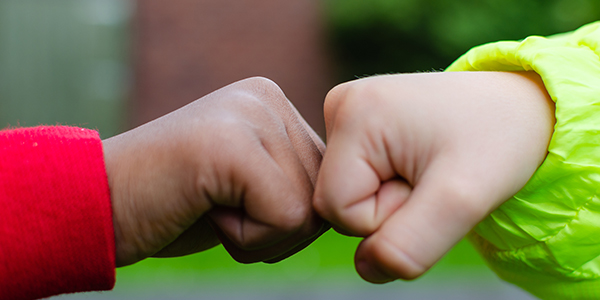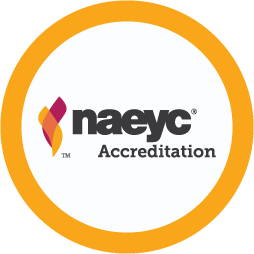6x: What You Can Do to Prevent Preschool Expulsion

You are here
As a teacher, you strive to support the happiness, health, and development of each child. But as a profession, are we serving all children well? Nationwide, suspension and expulsion from early childhood education programs is prevalent and problematic, and it disproportionately impacts Black boys.
In state-funded programs, the expulsion rate from prekindergarten is about three times higher than from K–12! While there are many contributing factors, research by Dr. Walter Gilliam and a team at Yale University shows that one important factor is teachers’ own implicit biases.
With that in mind, here are six things you can do to prevent preschool expulsion.
 1: Consider the research
1: Consider the research
Although limited, there is evidence that early childhood educators have implicit biases that affect how they treat children. In Dr. Gilliam’s study, both Black and White teachers expected more misbehavior from Black boys than other children. However, Black and White teachers, on average, appeared to differ in the behavioral expectations they held for Black boys, with Black teachers setting a much higher standard.
2: Pause and reflect
It’s natural to think, “I don’t do that!” You surely don’t do it intentionally. But pause, take a deep breath, and ask yourself hard questions. Self-reflection is a critical step in combating bias. By spending time considering your own experiences and reactions, you can begin to identify your biases. The more you surround yourself with people who think differently or have different experiences, the more flexible your thinking will become.
3: Build relationships
 Ask families about their home routines, the types of celebrations they participate in, the communities they engage with, and their hopes for their children. This information will help you support children’s development and provide a foundation for meaningful activities and experiences.
Ask families about their home routines, the types of celebrations they participate in, the communities they engage with, and their hopes for their children. This information will help you support children’s development and provide a foundation for meaningful activities and experiences.
4: Look for strengths
By focusing on what a child or family knows and can do, you will be able to engage in more positive interactions and have a better sense of how to promote their learning. This will help you build the strong relationships needed to do your best work. It can also foster community and collaboration: as you come to know the families’ strengths, you can invite them to the classroom to share their expertise.
5: Speak out for equity
When you see things that seem unfair, speak up. If you are not sure where to start, ask questions. What did the child do? Was the child misbehaving, or is there a misunderstanding? What might the child be trying to communicate? How can we support the child and the family? Questions like these can help reframe our thinking and reorient educators and administrators toward what’s best for children.
 6: Seek allies
6: Seek allies
Even if you have to reach out to teachers in other programs or to community organizations, find people who are interested in tackling these issues with you. When we all work together to combat bias, eliminate expulsion, and promote equity, children and families win. As a teacher and a respected professional, you have a responsibility—and a wonderful opportunity—to help challenge and change policies, laws, systems, and institutional practices that keep social inequities in place.

STANDARDS 1: RELATIONSHIPS; 6: STAFF COMPETENCIES, PREPARATION, AND SUPPORT; 8: COMMUNITY RELATIONSHIPS
1A: Building Positive Relationships Between Teachers and Families
6D: Ongoing Professional Development
8C: Acting as a Citizen in the Neighborhood and the Early Childhood Community
Photographs: © Getty Images
Alissa Mwenelupembe is the managing director, early learning at NAEYC and works out of the DC headquarters.